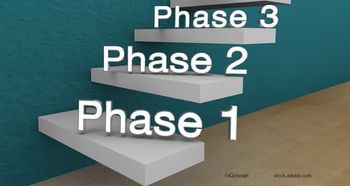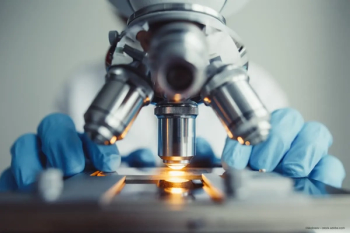
Femtosecond laser systems superior to microkeratome system
Flap creation for bilateral LASIK is best performed using an IntraLase, VisuMax or Femto LDV, rather than a microkeratome.
An investigation featured in the Journal of Cataract and Refractive Surgery shows flap creation for bilateral LASIK is best performed using an IntraLase, VisuMax or Femto LDV, rather than a microkeratome.
A team led by Dr Hyunseok Ahn, Department of Ophthalmology, Institute of Vision and Research, Yonsei University College of Medicine, Seoul, South Korea, evaluated the thickness and side-cut angle of LASIK flaps made by 1 of 3 femtosecond lasers or an M2 microkeratome, using a RtVue Fourier–domain OCT.
The participants were split into 3 femtosecond laser groups and 1 microkeratome group. Femtosecond laser group 1 (Intralase) consisted of 50 eyes, group 2, 40 eyes (VisuMax), group 3, 64 eyes (Femto LDV) and the microkeratome group consisted of 52 eyes. Groups 1 and 2 had fairly even flap configuration. Group 3 and 4 had a meniscus shape, with group 3 having the greatest flap thickness predictability.
All three of the femtosecond laser systems performed better than the microkeratome system in general. The IntraLase's side-cut angle was closest to 90º and had the least difference between central flap thickness and the mean peripeheral. The femtosecond laser systems were also able to produce a variety of flap configurations depending on the each mechanism.
Newsletter
Get the essential updates shaping the future of pharma manufacturing and compliance—subscribe today to Pharmaceutical Technology and never miss a breakthrough.










































